Contents
The business case: how design trends link to growth
Trend 1: Typography as a brand statement
Trend 2: Minimalism with a bold twist
Trend 3: Nostalgia meets futurism
Trend 4: Hand-drawn and scrapbook aesthetics
Trend 5: Bold contrast and maximalism
Trend 6: Diversity, inclusivity and authentic representation
Trend 7: Sustainability and nature-inspired branding
How to keep up without getting overwhelmed
Follow us
Graphic design trends are about more than just aesthetics – they can have a big influence on how customers feel about your brand. Ignoring evolving visual styles could put you at risk of looking outdated, while adapting thoughtfully can strengthen relevance and engagement.
However, that doesn’t mean chasing every emerging visual design style is a wise strategy. A better approach is to pinpoint the right elements of a trend for your brand and translate them into something that feels authentic, so your identity evolves but you don’t lose recognition.
Professional graphic design services can help strike this balance, blending fresh inspiration with brand continuity. By doing so, you can stay modern and memorable without falling into the trap of short-lived fads.
The business case: how design trends link to growth
Effective marketing relies on strong design, which, when done well, drives business growth. The visual choices you make influence key aspects of how audiences perceive your brand, from trust and credibility to awareness and engagement. Being in tune with graphic design trends shows that your business is forward-thinking and flexible. Outdated design risks sending a message to potential customers that you don’t care, which could raise questions about the level of service or product quality you’re able to provide.
Having a skilled team on your side helps you interpret creative branding trends in a way that strengthens your identity and supports clear communication.
At The Graphic Design House, we help our clients translate design trends into powerful visuals that engage audiences and feed into their growth plans.
Trend 1: Typography as a brand statement
Typography is one of the strongest ways for brands to express their personality and values. Font choice is about readability, of course, but it’s also about creating a visual language that customers can instantly recognise.
Bold and expressive typefaces, oversized headlines, experimental lettering and kinetic effects can all help your brand stand out. Layered styles, gradients and 3D treatments also add excitement and energy, particularly in digital campaigns.
For print, typography continues to shine in posters, brochures, packaging and direct mail, where a striking headline or expressive font can command attention before a single word is read. This makes it a powerful tool for building brand recognition and differentiating you from competitors.
This example shows the work The Graphic Design House completed for Badminton England on the National Badminton League. Using a bold expressive typeface that really matches up with this trend.
Trend 2: Minimalism with a bold twist
Minimalism has long been a staple of professional graphic design services, thanks to its clean lines and sense of clarity. However, there are lots of ways to build on that approach.
Instead of sticking rigidly to stripped-back layouts alone, brands have plenty of ways to introduce bold twists to make their visuals pop. Think accent colours on a neutral base, oversized typography or asymmetric grids that catch the viewer’s eye.
This balances professionalism with impact, avoiding the risk of appearing too plain or generic. The effect can be particularly striking in print, with creations such as:
- A poster with a clean background and one bold focal point
- A sleek piece of direct mail with a splash of vibrant colour
- A brochure where white space draws attention to a strong headline
We can help you develop these sorts of materials for your brand, with experience in creating designs that are minimalist and modern yet distinctive.
Trend 3: Nostalgia meets futurism
Retro-futurism is another attention-grabbing trend that blends nostalgia with modern styles. This could be anything from neon typography paired with stylish contemporary layouts, to 90s-inspired pixel art worked into polished digital campaigns.
This offers a way to tap into cultural memory while showcasing that your brand is innovative and forward-thinking. It can work particularly well in industries where innovation and personality matter, such as tech, entertainment or lifestyle.
It can be just as powerful in print, with posters, packaging and direct mail that combine nostalgic tones with modern finishes offering plenty of potential for a lasting impact.
Trend 4: Hand-drawn and scrapbook aesthetics
Amid the growth of AI design tools and hyper-polished visuals, there’s a growing appetite for work that feels human, tactile and pleasantly imperfect. Hand-drawn illustrations, collage-style layouts and scrapbook-inspired textures are making their mark as emerging visual design styles that stand out for their authenticity.
This trend resonates particularly well with lifestyle, hospitality and creative brands looking to connect with their audience on a personal level. It can express warmth, craft and individuality in ways that purely digital styles might struggle to achieve.
Here are some potential practical applications of this graphic design trend:
- Illustrated elements layered into brochures or packaging
- Scrapbook-style textures on posters or social content
- Handwritten typography for invitations, menus or direct mail
Whatever industry you’re in, we can help you brainstorm and develop design concepts that make the latest trends work for your business.
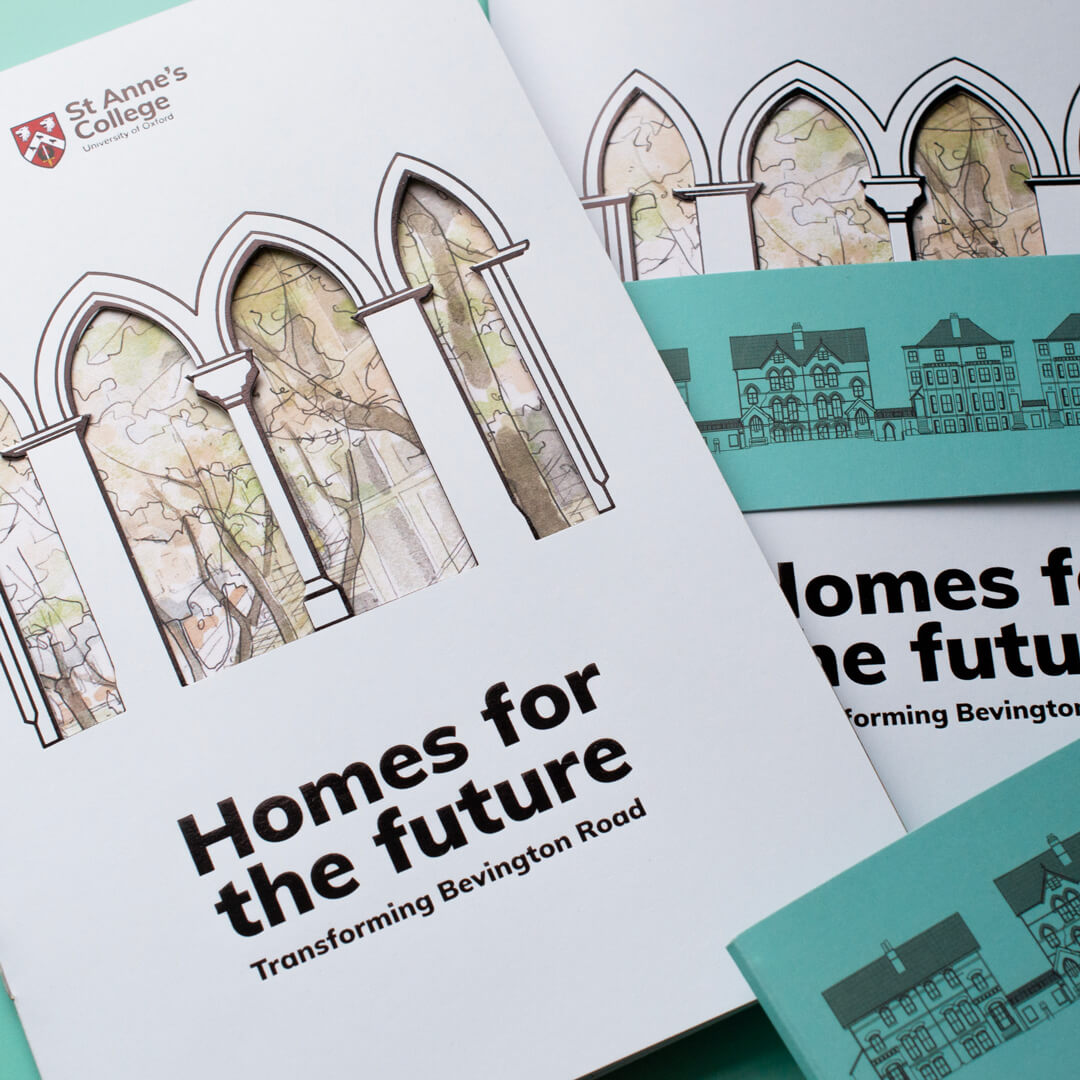


The work we did for St Anne’s College on the ‘Homes for the future’ campaign leans into this trend. Showcasing beautiful illustrations and a die-cut brochure to really connect with potential donors and alumni.
Trend 5: Bold contrast and maximalism
The maximalist design trend is defined by hallmarks like vivid colour clashes, layered patterns and visuals created to capture attention. The aim behind this approach is to stand out in crowded digital feeds and busy marketplaces with work that feels unapologetically bold.
A postcard with high-contrast colours, a trade show banner with clashing textures or a poster with oversized typography can all grab attention and drive brand recognition. When applied with care, maximalism can energise campaigns without overwhelming the audience.
Crucially, bold doesn’t have to mean off-brand. With professional support, you can create marketing materials that stand out and generate interest, but don’t feel ill-suited to your broader business identity.
Trend 6: Diversity, inclusivity and authentic representation
One of the most important inclusive design trends of recent years is the move towards visuals that reflect the diversity of your audience. Authentic representation isn’t just an ethical choice – it can also drive trust and engagement by making people feel seen and valued.
Inclusive design also means thinking beyond ethnicity or culture. It should reflect accessibility and visual disability considerations, such as colour contrasts for readability or typefaces that are clear for neurodiverse audiences.
Here are a few ways to put inclusivity into practice:
- Use imagery that reflects diverse lifestyles and communities
- Prioritise colour contrasts and legible typography for accessibility
- Test designs for readability across print and digital channels
By taking these steps, you can ensure your brand feels approachable, authentic and open to all.
Trend 7: Sustainability and nature-inspired branding
As consumers become more eco-conscious, sustainable graphic design trends are playing a bigger role in shaping brand perceptions. Earthy tones, recycled textures and nature-inspired imagery can signal environmental values in a way that feels authentic and modern.
Details like these look good, but they can also strengthen trust and loyalty by showing your audience that you share their priorities.
In practice, sustainability often comes down to the choices you make regarding production and delivery of materials. The house stock at our parent company, Bishops Printers, is FSC® certified, so you know when working with us that your materials are responsibly sourced from forest to consumer. We can even add the FSC® logo to your print, providing a visible stamp of sustainability your audience will trust.
Whatever packaging or campaign assets you need, your designs can be created to specification with eco-friendly outcomes in mind.
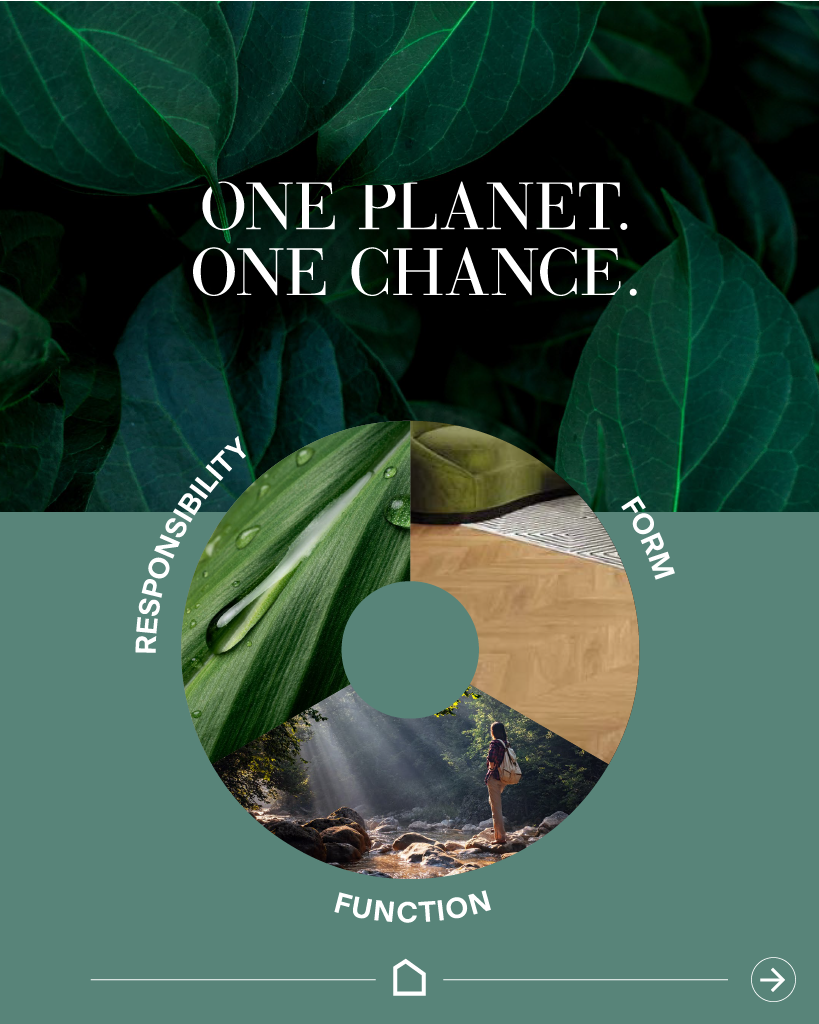
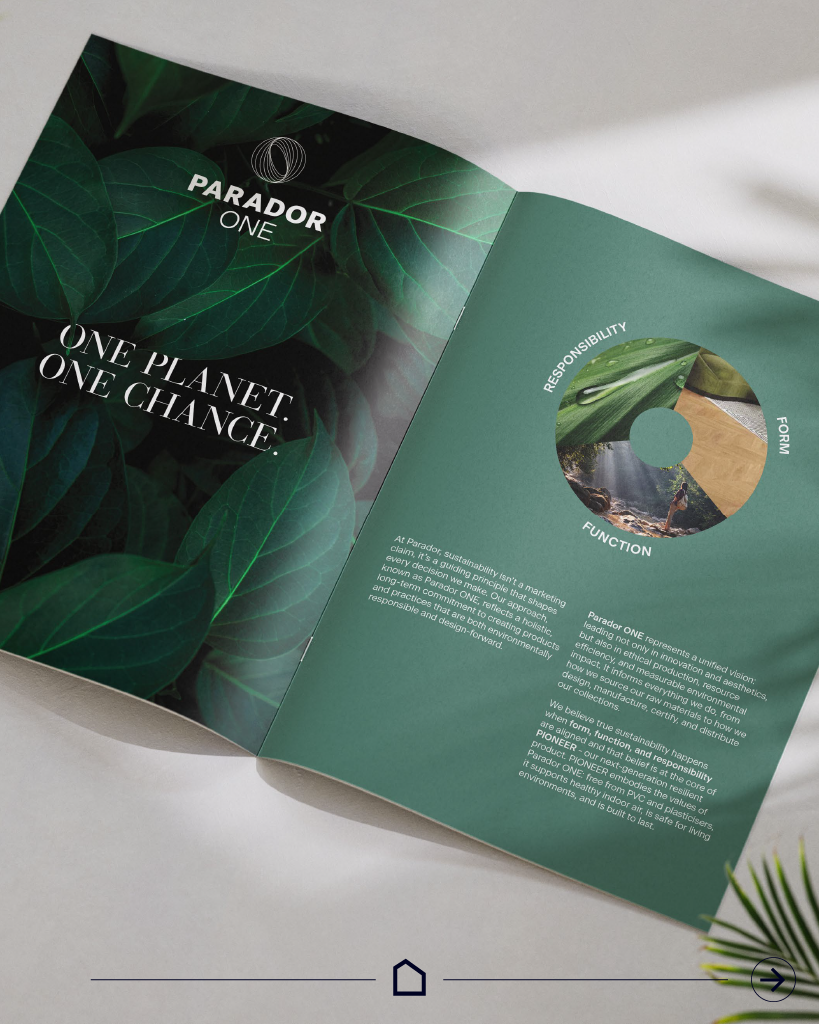

The work we did for Parador is the perfect example of sustainability and nature inspired branding helping showcase their enviornmental credentials in an authentic and modern way.
How to keep up without getting overwhelmed
With new graphic design trends emerging each year, you might feel like you’re constantly playing catch-up. The good news is you don’t need to chase every idea to keep your brand looking current. What matters is finding an approach that fits your identity and applying it consistently.
Here are some practical actions that can help you stay on track:
- Invest in professional support: A graphic design agency can help you balance freshness, innovation and imagination with brand recognition.
- Test out trends: Trial new styles in small campaigns and analyse the results before rolling them out more widely.
- Focus on brand consistency: Trends should evolve and contribute to your identity, not replace it.
- Keep your audience in mind: Choose styles that make sense for your audience and connect with the people you want to reach.
By approaching trends thoughtfully, you’ll avoid looking outdated while steering clear of short-lived fads. The right balance ensures your visuals work harder for you, leading to stronger trust, recognition and engagement.
Contact The Graphic Design House today to book a consultation and discover how professional design and production support can bring your ideas to life.
More insights
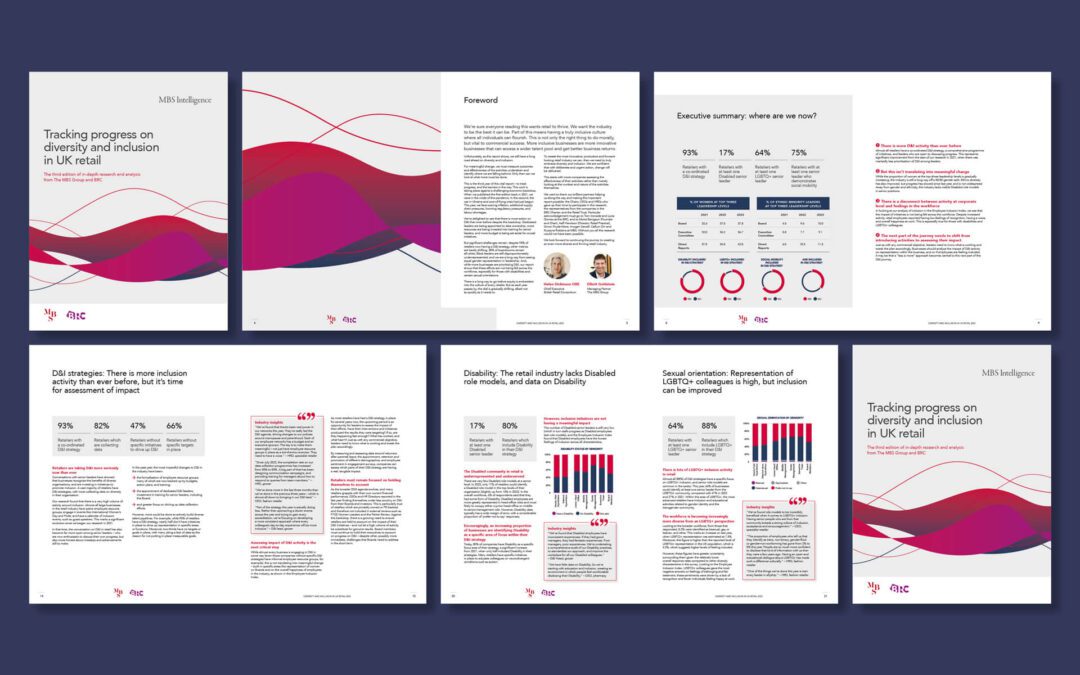
Corporate design: what it is, why it matters & how to get it right
Learn how corporate design strengthens recognition, builds trust and helps your brand perform across every touchpoint with a clear, modern visual system.
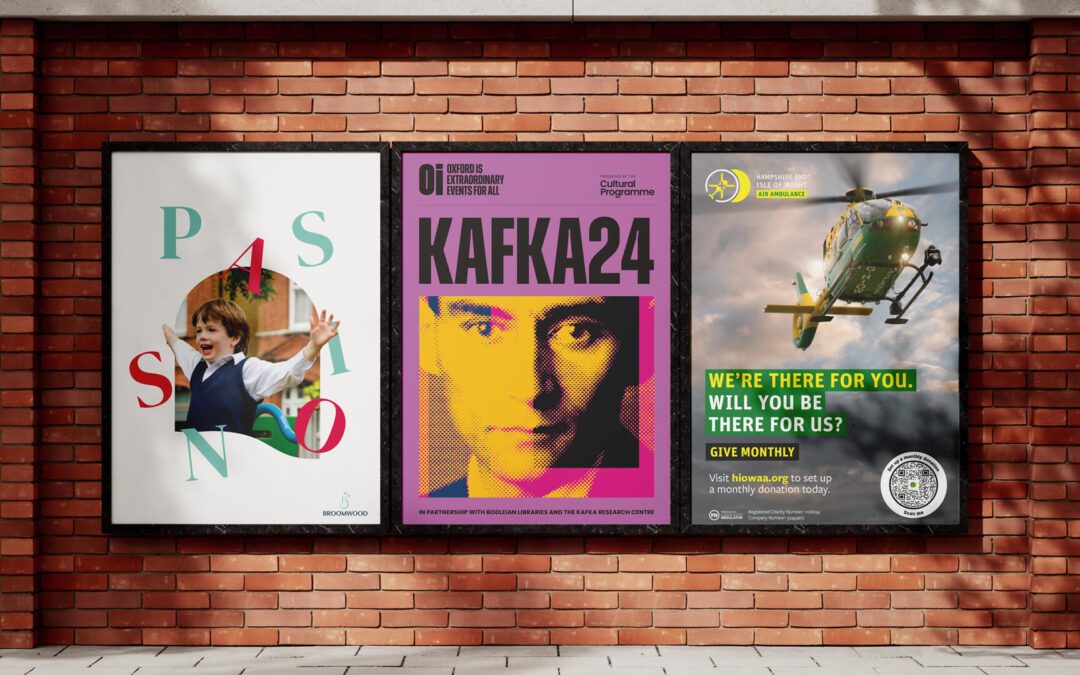
Advertising design guide: create ads that perform
We explore how to create advertising designs that stand out, connect with your audience and drive campaign performance across physical and digital channels.
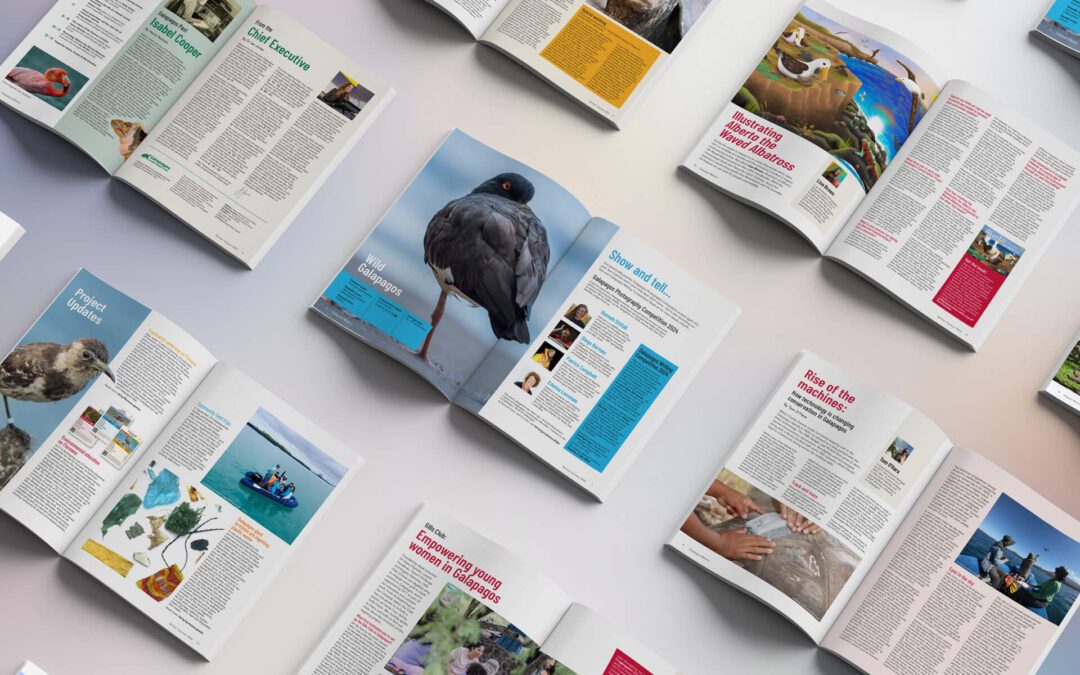
Publication design that works for your brand and audience
Explore print and digital publication design services, key elements to consider and the trends shaping how brands create magazines, brochures and reports.
Stay ahead with
design that works
Trends come and go, but smart, on-brand design lasts. We help you interpret the latest styles, so your visuals stay fresh, relevant, and memorable—without ever losing your identity. Let’s create something impactful
